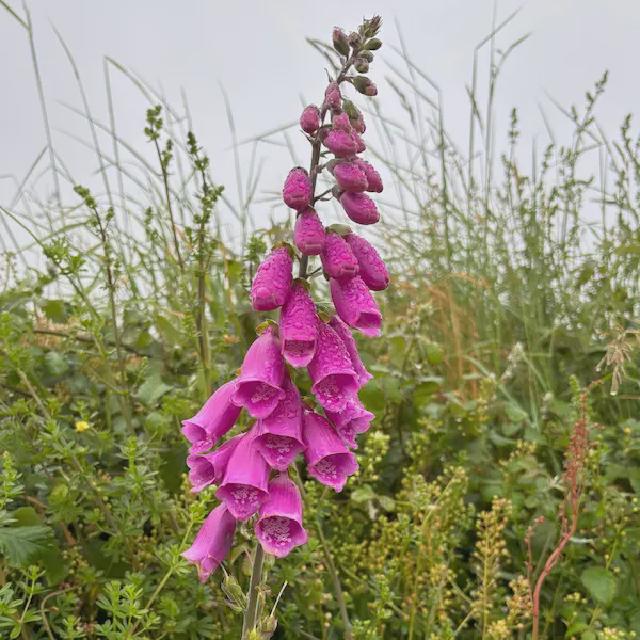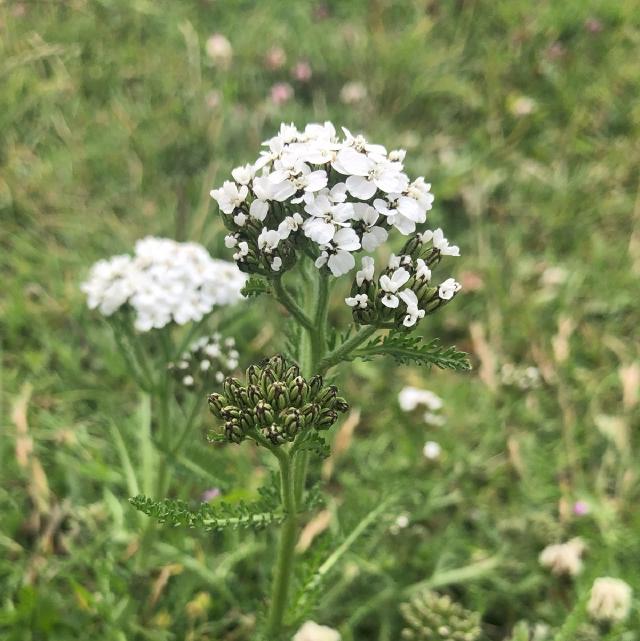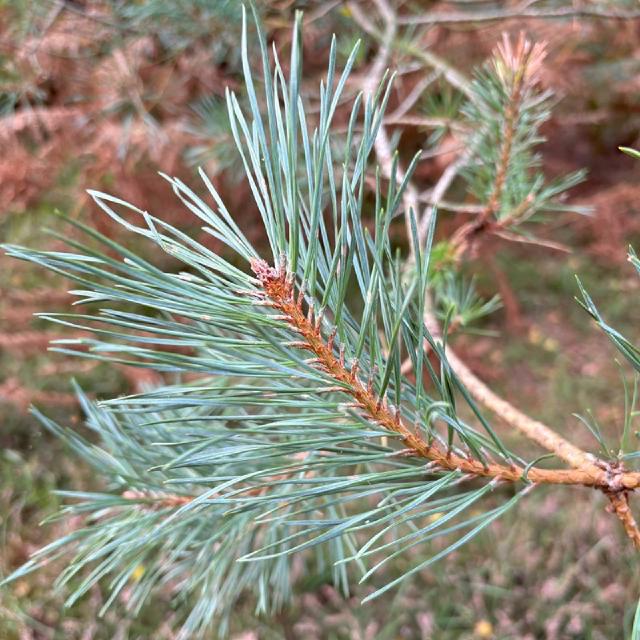Hawthorn, Crataegus monogyna, is in full bloom this year, with hedgerows across the UK densely covered in flowers. This native member of the rose family has long been valued for its utility and versatility.
A History of functionality
For centuries, hawthorn’s spiny branches have served as natural fencing, forming hedgerows that delineate fields and protect crops. Its dense growth and sharp thorns made it an effective, low-cost barrier for land management.
Culinary and practical applications
Hawthorn has found diverse uses beyond hedgerows. Its plant parts can be transformed into dyes, food, and drink:
- Dye Production: Boiled flowers, leaves, or stems yield a yellow pigment.
- Edible Uses: Flowers can be fermented into wine. Young leaves are edible and can be included in dishes. Berries can be cooked into hawthorn jelly or processed into syrup. These applications showcase the plant’s adaptability in traditional and modern contexts.
Potential medicinal properties
Research suggests hawthorn may contribute to health by supporting cardiovascular function, aiding digestion, and promoting immunity. While these benefits are of interest, proper identification and expert advice are essential before any consumption.



